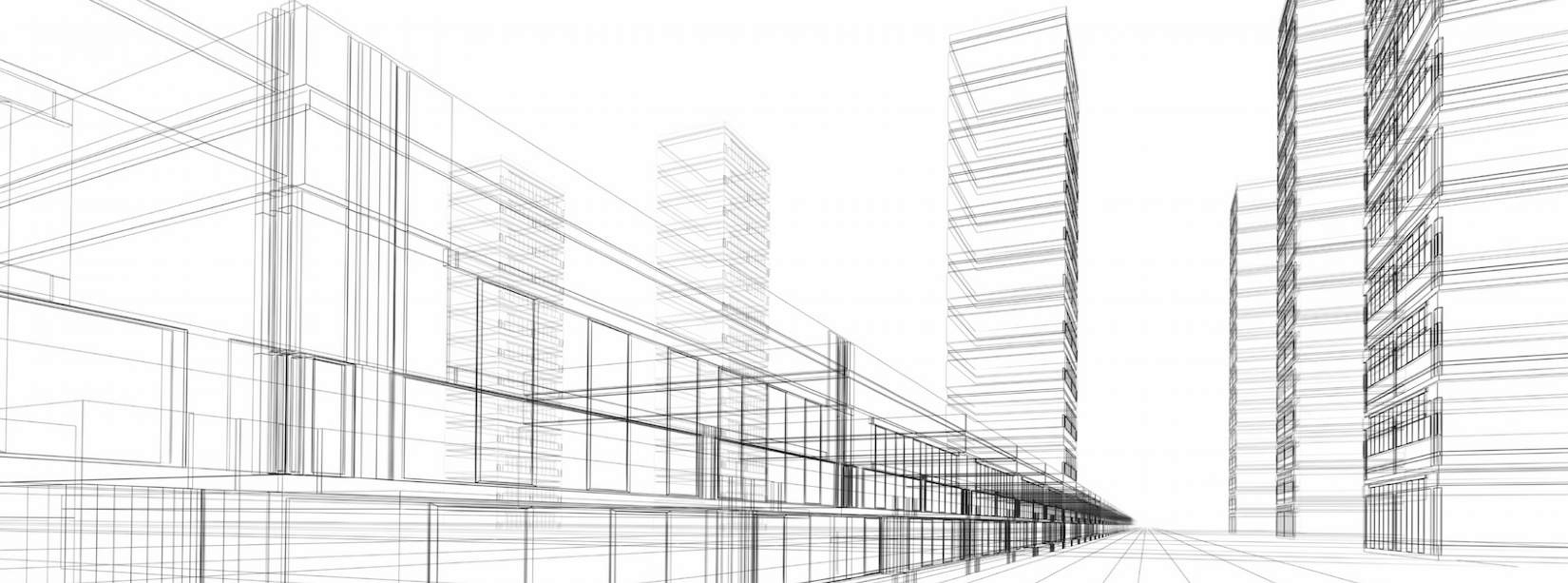Pillar Two of the Planning White Paper, 'Planning for beautiful and sustainable places', puts beauty at the heart of the planning reforms. This follows and includes some of the recommendations outlined in the Building Better, Building Beautiful Commission’s ‘Living with Beauty’ paper published earlier this year.
The proposed method for achieving this agenda is through design codes. A National Model Design Code and revised Manual for Streets are due to be published later this year. Together with the National Design Guide published last year, these will provide a baseline standard for design. However, local authorities, neighbourhood planning groups and developers can also provide their own design codes for their area/site which need to be provably popular locally to be accepted.
These sound like and will be major changes. But design codes are not new. Following the release of 'Design Coding in Practice, An Evaluation' by the Government in 2006 and the recommendation of their use in the NPPF, there was an increase in the use of design codes. By 2012 around 45 per cent of planning authorities used design codes in one form or another*.
An example of where design codes are already in place at a variety of levels is Swindon. Here there is a local authority design code and, in addition, some developments within the local authority such as Tadpole Garden Village, to the north of Swindon, also has an overarching design code for the site and individual design codes for each phase.
Creation and implementation of design codes
Design codes, if followed, can improve the quality of place not just through requiring high quality materials and attractive design, but also by creating a better, healthier urban environment.
Well-designed places are therefore more attractive and can achieve higher values than those with poorer design – in one case study we found a 25 per cent price premium for well-designed homes on a high quality development versus a neighbouring poorer designed one.
However, both the creation and implementation of codes have their challenges.
The creation of codes requires a high level of expertise in design. As outlined in the White Paper this will require additional expertise to be developed within local authorities. But the definition of 'beautiful' must take into account what is locally popular. The codes will also need to be suitably adaptive for a variety of locations and densities across the local area.
The White Paper sets out that codes are more binding on decisions, but we are yet to see how this will be implemented. It will certainly require further resourcing within local authorities.
One of the methods to ‘fast-track’ beauty is through the development of pattern books for Renewal Areas 'by allowing the pre-approval of popular and replicable designs through permitted development'. This could be positive if it enables attractive development to be replicated. It also offers opportunities for small builders to specialise in their local pattern books.
But care will be needed to ensure that quality is consistently maintained.
Beyond beauty to a quality, sustainable place
A place is not made solely by the design of buildings but by how they integrate with green spaces, community facilities, retail and connectivity – the fabric of the place. The challenge will be to balance any extra costs for delivering better quality and design without putting too much pressure on land values so that enough land gets bought forward for development.
* according to Design Coding, Diffusion of Practice in England, UCL and Urban Design Group, 2012
Further information










.jpg)